- Recent Updates
- Colpoy's Bay
- Colpoy's Bay Introduction
- Spragge's Hill
- The Kalbfleisch House
- The Kalbfleisch Dock
- The Kalbfleisch Marina
- Whicher's Sawmill
- The Wrecks Near Whicher's Mill
- Frame's Falls and John Wood's Grist Mill
- Albemarle Street
- Hughenden and Whicher's Store
- The Community Hall
- The Forest Home Hotel
- The Colpoy's Bay Schoolhouse
- The Colpoy's Bay Church
- Edgehill Cemetery
- Colpoy's Bay From the Air
- A Glimpse of the Past
- Wiarton
- Berford Street
- Berford St. Part 2
- Berford St. Part 3
- Wiarton Harbour
- Bluewater Beach
- Caframo Ltd. and Wiarton Cement Works
- Wiarton Beet Sugar Factory
- Wiarton's Hotels
- Wiarton's Schools
- Wiarton's Banks
- Grand Trunk Railway Station
- The Wiarton Fish House
- The Wiarton Fish Hatchery
- Wiarton's Berford Theatre
- The Wiarton Woolen Mills
- Wiarton's Furniture Industry
- Wiarton's Hospital
- Wiarton's War Memorial
- Wiarton's Town Hall
- Wiarton's Newspapers
- Wiarton's Grist & Flour Mills
- Wiarton's Sawmill Industry
- Wiarton's Gateway
- Connecting Passages
(Links) - Present-day Map
of Colpoy's Bay - Colpoy's Bay
Lot Map (1870) 
Wiarton Timeline- Present-day Map
of Wiarton - Bibliography
- About the Author
- Site Map
(use if menu doesn't work) - Tell me your impressions!
The Grand Trunk Railway Station
November 29, 1881 marked a banner day in the history of the young town of Wiarton. On that date, the first train rumbled to a stop in the town on the same day the rail had been placed. The Grand Trunk Railway had laid tracks up from Owen Sound, extending the Lake Erie to Georgian Bay line that ran up from London. Wiarton's station would serve as the line's terminus. (As an aside, the original contract to build the railway specified that it was to end at Colpoy's Bay. Logically, residents of Colpoy's Bay village - which had been settled more than 10 years before Wiarton - intended this wording to refer to their locality. However, construction ended at Wiarton with the proclamation that the line did indeed finish at Colpoy's Bay, referring to the body of water, not the village. This technicality would change the course of history for Colpoy's Bay village and forever leave it in the shadow of its younger neighbour, Wiarton.)
Wiarton's rail depot officially opened on August 1, 1882 to great fanfare and decoration. Banners, streamers and many flags lined Berford Street. One banner near the Union Bank read "The Merchant's Hail the Advent of the Iron Steed!" The town's band greeted the 13-car train as it arrived at noon that day. Two other trains arrived that afternoon, swelling the town's population to 5000, over six times its regular number!
The track ran into Wiarton from the south, rounded the shoreline east of Berford St. and ended next to the town's new wharf, financed in part by the Dominion government, town residents and Grand Trunk as a condition of the railway contract. (The new 1040ft wharf was completed in 1883 at a total cost of about $60 000 - well over 1.2 million dollars in today's money.) There was also a turntable used to turn trains around for the return trip, and a roundhouse capable of holding up to four engines.
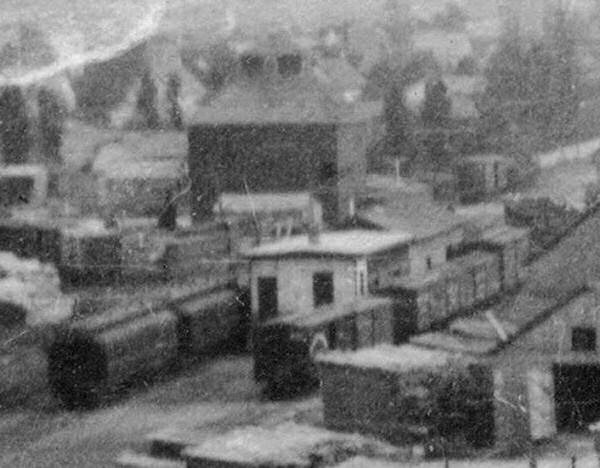
Figure W11A: Wiarton's original train station from a distance (about 1905).
Wiarton's first train station was a modest building consisting of a freight area and a waiting room (Figure W11A). It stood behind the Arlington Hotel. Although this location served the Town's new hotels well, the Grand Trunk was finally convinced to finance a new and proper station in 1904. This small, but exquisite example of Queen Anne architecture was constructed on the northeast corner of George and Claude Streets. Figure W11B shows the station not long after it was built along with similar vantages from 2004 and 2023. Note that the current paint scheme matches quite closely to the original look.
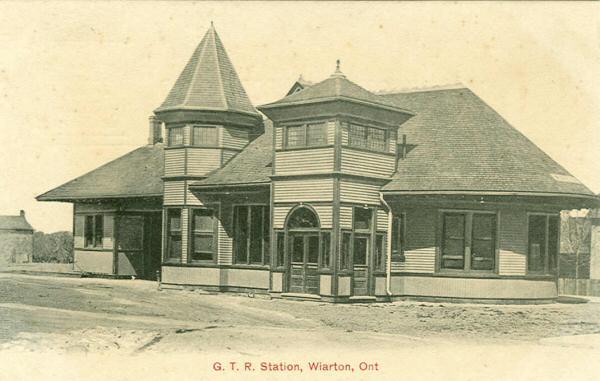


Figure W11B: Wiarton's Grand Trunk Railway train station (c. 1910, 2004, 2023)
In its prime, the station received was the starting point for six trains daily. They would leave Wiarton and stop at Clavering and Hepworth before ending up in Parkhead. The train was then turned around and would stop at the same stations with the terminus in Wiarton. This continued even after the Grand Trunk Railway company was absorbed into the new Canadian National Railway in 1923. Indeed, with passenger and freight service arriving in Wiarton both by ship and by train, Wiarton was the primary transportation hub of the Bruce Peninsula.
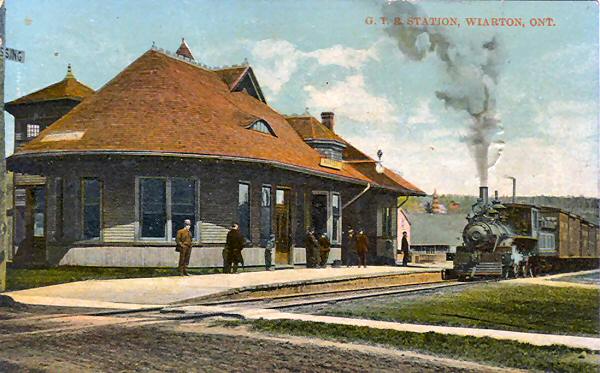
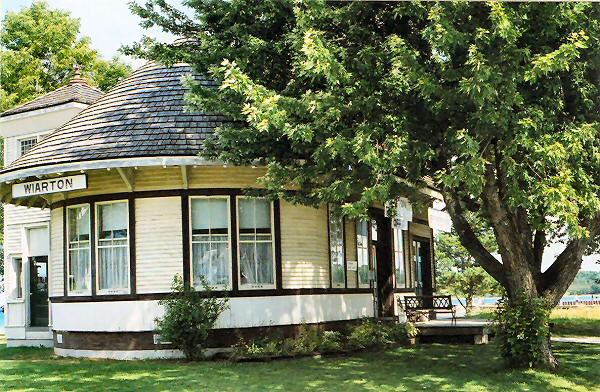

Figure W11C: Wiarton train station (c. 1910, 2003, 2023)
In 1926, the growing popularity of motor vehicle transportation, in part, lead the CNR to cut Wiarton's daily round-trip service from six to four per day, with the last train of the day continuing on from Parkhead to Owen Sound before returning to Wiarton. Five years later, service was again cut in half, down to two round trips per day. Then, in 1935, the base station for the train was moved to Owen Sound. From that point on, the train would leave Owen Sound and head to Wiarton after which it returned to Parkhead to meet the north and south passenger trains before returning to Wiarton and then travelling back to Owen Sound. The roundhouse, which had been little used since 1895 when the station in Owen Sound opened, was also demolished at about this time. In addition, in February 1947 the freight shed on the former site of the original train station was moved and placed to the rear of the newer station (the original baggage room of the 1904 station had previously been torn down to make way.
Two-round-trip daily service continued in Wiarton until the end of October 1957, when passenger service was cut altogether. The turntable was removed in April of 1961, although freight service to Wiarton lasted a while longer...long enough to see Wiarton's rebirth as a tourist haven. In 1972, however, the revolutionary mode of transportation that had the whole town cheering 86 years earlier, faded out of existence. The last train ever to visit Wiarton departed and the rails were left silent. Within a year, all rails within town limits were removed. Seven years later (1980), the rails between Wiarton and Parkhead were taken up.
The station laid in disrepair until 1971 when a group of local townspeople raised funding to have the station moved to its present location in Blue Water Park. At this time, the freight shed to the rear of the station (which, prior to 1947, had sat on the former site of the original train station) was moved in two pieces and reassembled on a farm property in nearby Greig's Settlement. (Click here to see an photo of part of the freight shed being moved in 1971 and click here to see an photo of the old freight shed as it stood on the farm in 2008.)
Since being transported to Bluewater Park, the 1904 station hasbeen beautifully restored and serves as Wiarton's tourist information centre. Today the path through Wiarton once cut by the Grand Trunk Railway is occupied instead by a series of modest apartment buildings standing at an odd angle amidst the typical grid street pattern of the town.
Figure W11C above offers a view of the station in its prime and similar perspectives of the building from 2003 and 2023 in its location in Bluewater Park.
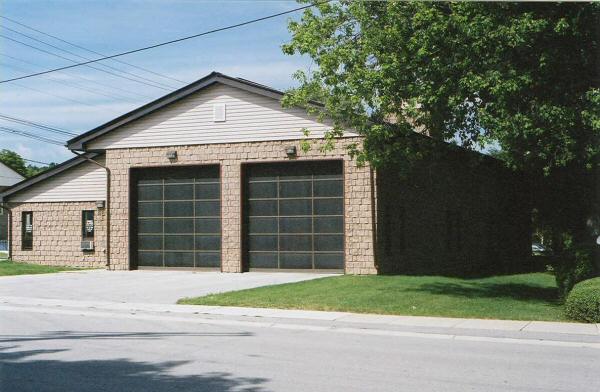
Figure W11D: Former location of Wiarton train station (c. 2003)
Figure W11D shows Wiarton's new firehall that was built in 1985 on the former location of the Grand Trunk rail station. This image gives the same perspective as the top image in Figure W11C. The space at the right of the image between the firehall and the tree marks where the rails once ran. Many people would have first stepped foot in Wiarton at this very spot.
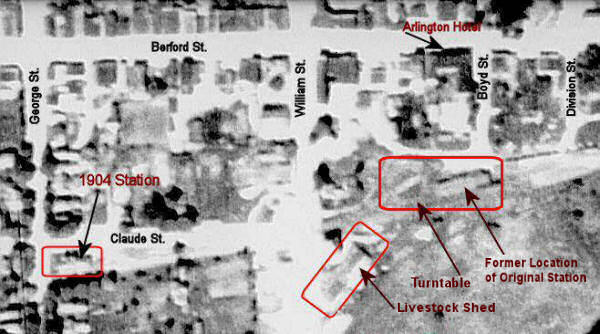

 Figure W11E: Aerial view of Wiarton rail yard (c. 1939, 1952, 1989)
Figure W11E: Aerial view of Wiarton rail yard (c. 1939, 1952, 1989)
Figure W11E gives a magnified aerial view of the Wiarton rail yard through the years. The red rectangle at left denotes the former location of the 1904 Grand Trunk railway station. The rectangle at bottom-centre shows the location of the old livestock shed (built in 1928, removed in 1956). Above and to the right of that was the engine turntable (the faint circle) and the former location of the original train station (used from 1881 untio 1904) that sat behind the Arlington Hotel. Today, as in 1989, the entire rail yard is nowhere to be seen. It was made into a parking lot for what is now the former location of Wiarton's grocery supermarket. The new firehall, as shown above in Figure W11D, sits on the former location of the 1904 station. (The station's current location at Blue Water Park lies at centre, below the boundary of these images.)

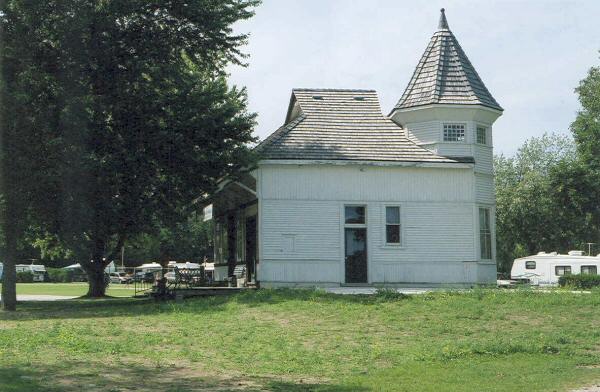
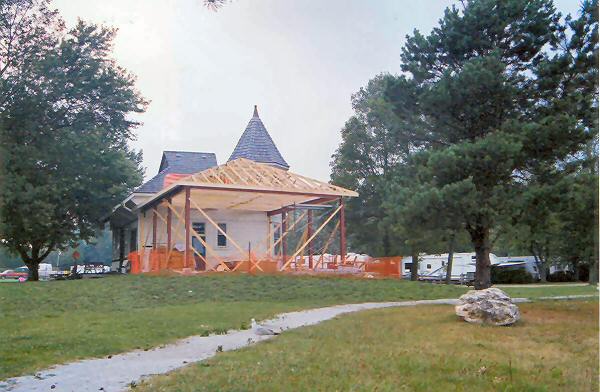

Figure W11F: Wiarton train station from the rear (1923; 2003, 2004, 2023)
Figure W11F shows a rear view of Wiarton's 1904 train station in the year it was taken over by CNR (1923). From 1971 to 2004 the station's structure in Bluewater Park remained as shown in the middle image of Figure W11E. The third image in Figure W11E shows the construction of a new rear section for the station, in place of the old freight shed that had been removed in 1971. Although of slightly different dimensions than the freight shed, the open-air (no walls) addition is called the "Lena V. Hatt Memorial Pavilion." As shown in the bottom image of Figure W11E, it can serve a variety of purposes and returns the station closer to its classic dimensions.
Due primarily to the efforts of the Wiarton Train Station Committee, continuous improvements are being made to the station to ensure it stands a reminder of Wiarton's transportation past for many generations to come. Next time you visit Wiarton, I encourage you to stop in and have a look around the station. Its admirable refurbishment really gives one a flavour of its former grandeur!
I'll leave you with a great video clip that was provided to me by Doug Gammie. It shows a steam locomotive the "mixed train" south from Wiarton in 1948, then arriving at the train station in Hepworth. It was filmed by Doug's father, the late R.B. Gammie MD. As described to me by railway author Peter Bowers, the train was not permitted to have a wood passenger carrying car coupled directly to a locomotive, so the train hauled a car of ash or cinder from Owen Sound to Wiarton and back. The ash came from the fireboxes of the steam locomotives and was used to fill low spots along the railway the line.

